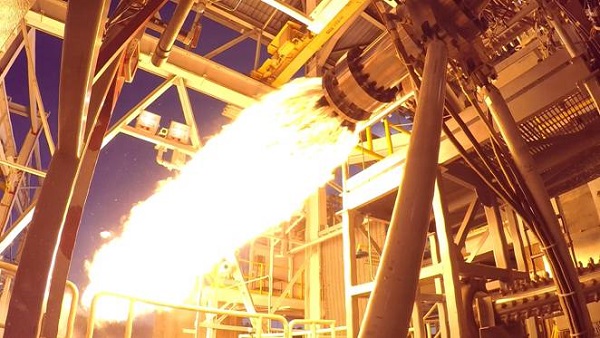Pratham is a nanosatellite built by the Department of Aerospace Engineering at IIT Bombay.
Pratham is a satellite developed under a plan to build a fully functional microsatellite in less than three years which would then be launched by Indian Space Research Organisation (ISRO).
It is entirely a student initiative with mentorship provided by ISRO scientists and the IIT Bombay Faculty.
Pratham satellite having weight of 10 kg and measures 26 cm × 26 cm × 26 cm.
Pratham's carries a science payload to measure the total electron count in a sun-synchronous orbit.
 |
| Credit: ISRO |
Read: Rohini Satellite
The objective was to measure total electron count (TEC) in the ionosphere that, which can be used to improve the accuracy of the Global Positioning System in India and to predict tsunamis.
Pratham was launched piggy back into low Earth on a PSLV rocket.
Reportedly the ground station received the satellites beacon, but not the downlink.
The microsatellite needed both the beacon and downlink signals to start TEC measurements. In the absence of either signal, TEC measurement was not successful.
Mission:
1. Enabling students and faculty to gain knowledge and experience in the field of Satellite and Space Technology.
2. Empowering the Satellite Team with the skills to develop the Satellite through various phases of Design, Analysis, Fabrication and Testing until the Flight Model is made.
3. Launching the satellite into orbit and measuring Total Electron Count of the Ionosphere.
4. Involving students from other universities in our Satellite mission by building ground stations in their universities.
Also Read: MICROSAT - R
Mission objective:
• To estimate the Total Electron Count (TEC) over India and Paris (France) with a resolution of 1km x 1km location grid.
 |
| Credit: ISRO |
Mission overview:
- Mission type: Ionosphere technology
- Operator: IIT,Bombay
- Mission duration: 4 months
- Manufacturer: IIT,BOMBAY
- Launch Mass: 10.15 kg
- Launch date: 26th Sept, 2016
- Launch vehicle: PSLV
- Launch site: Sriharikota
- Contractor: ISRO
- Reference system: Geocentric
- Regime: LEO






0 Comments